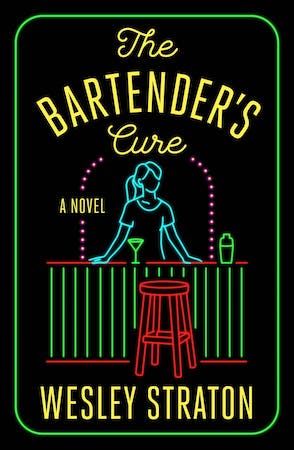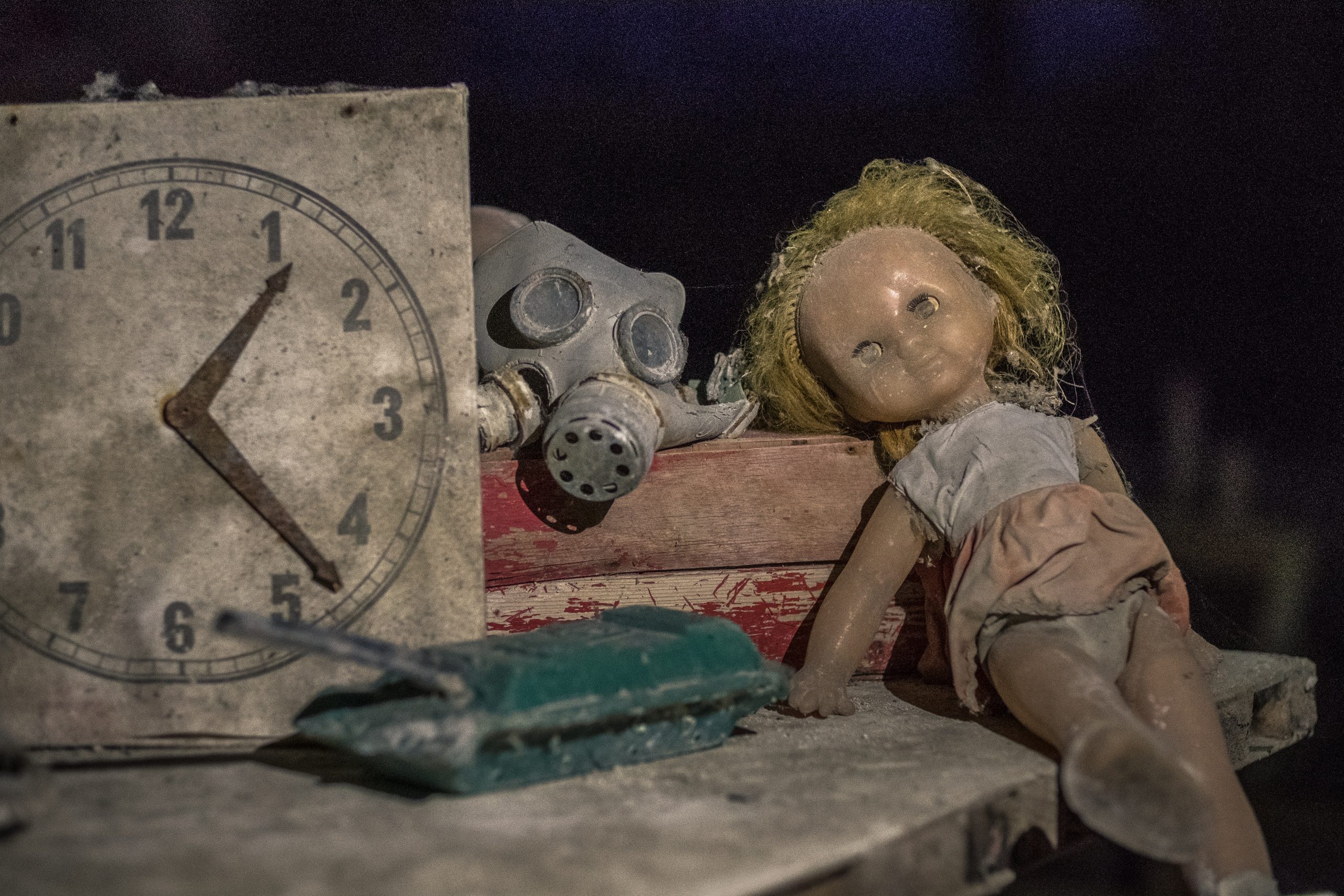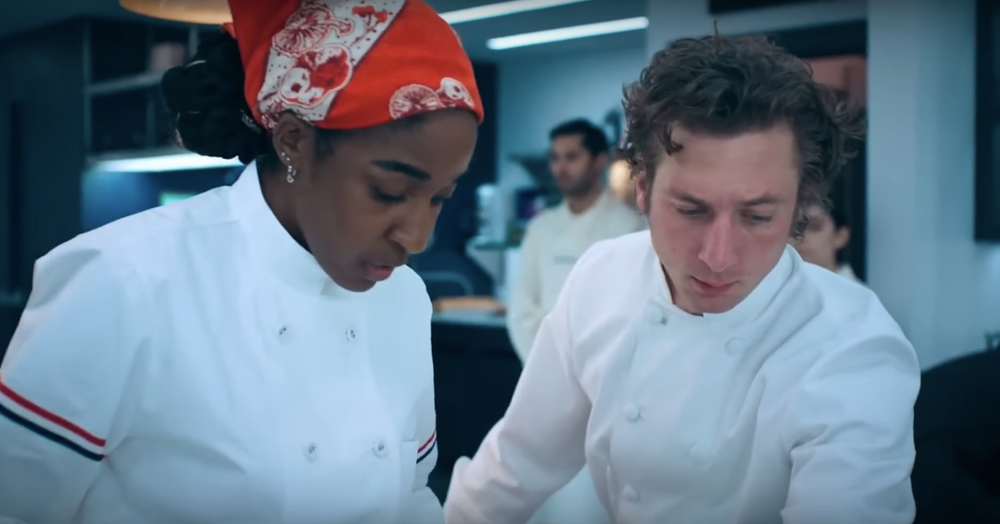Reading Lists
7 of the Most Memorable Bartenders in Literature
Wesley Straton, author of "The Bartender’s Cure," recommends novels set in bars and clubs

I have thought a lot, over my decade-plus of drinking and working in bars, about what makes any one establishment stand out over another. Why are there places we love and return to, and others we leave with indifference, ambivalence, even disappointment? On the one hand, if there was an easy answer, opening a bar wouldn’t be such a risky venture. There are so many factors at play—location is a big one, and design, and menu offerings—and there are so many different types of bars, so many success stories and failures. In some ways, defining a “good bar” is an impossible task. On the other hand, ask any barfly and they’ll give you the same answer. It always, in the end, comes down to the bartender.
And yet, there is a strange dearth of memorable bartenders in popular culture. Bars appear, generally, as settings divorced from the people that run them; with the occasional, notable exception (Cheers leaps to mind), bartenders are generally anonymous, interchangeable, forgotten. This is part of what I see as a more general lack of service industry stories, a lack that I felt as I worked on my debut novel, The Bartender’s Cure.
In The Bartender’s Cure, the bars are literally defined by their staff: the protagonist’s place of work is called Joe’s Apothecary, but every other establishment remains nameless—Gina’s bar, Casey’s bar, Timothy’s bar. I don’t think I even noticed myself naming them this way, not at first, but it felt right. The bartender defines your experience, as a guest: they shepherd you through your night, they feed and water you, they look out for your comfort, your safety, and your joy. If you’re very lucky, you get to know them a little bit too.
The novels below understand this, and have created compelling, magnetic bar personalities. At the top of the list are the bartenders we know best—protagonists, followed by love interests, followed by memorable minor characters. I would visit any one of them at work in a heartbeat.
Yerba Buena by Nina LaCour
Nina LaCour’s first novel for adults follows two young women, Emilie and Sara, as they find themselves, and find each other. To call it a love story would be accurate but not precise; it’s a gorgeous, many-layered novel, an exploration of family, trauma, creativity, queerness, and the idea of home. Sara, who runs away from home at sixteen and falls into the service industry, is one of my favorite fictional bartenders ever. As a character, we see her as both guarded and vulnerable, a survivor with a romantic’s heart; as a bartender, she’s confident, precise, and everyone who works with her adores her. She has a beautiful, almost spiritual connection to the work of drinks-making—“here was meaning,” she thinks, seventeen-years-old and trying Lillet for the first time. “A home, hers alone.”
The Night Shift by Natalka Burian
The protagonist of Natalka Burian’s upcoming novel is a sort of classic accidental bartender. After leaving her more traditional job working for a successful psychotherapist, Jean Smith takes a job at Red and Gold, a divey bar in early-aughts Manhattan where the nights consist of drunk hipsters and hundreds (maybe thousands) of vodka-sodas. Jean is a newbie, and we see her struggle behind the bar as all newbies do, but she’s hardworking and stubborn, which I respect. And at any rate, The Night Shift isn’t really about the bar—it’s about the nighttime world that bar work introduces Jean to, with its colorful characters and mysterious shortcuts: strange passageways through space and time that are much more sinister than they seem. Jean is a classic reluctant hero type, and Burian weaves together her painful past and troubled coming-of-age with a riveting, high-stakes mystery.
Giovanni’s Room by James Baldwin
The romance at the heart of James Baldwin’s classic, heartbreaking novel begins, as many do, in a bar. Giovanni is the new bartender, a young, conspicuously beautiful Italian man at a Parisian gay bar. He is coveted by the bar’s owner, Guillaume, and by all of the older men who come to the bar, but he is drawn immediately to David, our narrator. Giovanni is passionate to the point of volatility, charming when he wants to be, undeniably difficult but capable of a depth of love that seems to baffle and even disgust David. We don’t see him working all that much, but when we do he is clearly adept, quick, flirtatious, diligent. And everyone falls in love with him, which doesn’t hurt. “It appears that I am good for business,” he tells David; I believe him.
Halsey Street by Naima Coster
Naima Coster’s debut alternates between two storylines: one centered on Penelope, a young art school dropout newly returned to her childhood neighborhood of Bedford-Stuyvesant, and one on her mother, Mirella, who has left Penelope’s father, Ralph, to go back to her roots in the Dominican Republic. It’s a complex and layered novel, as much concerned with love and loss as with racism and gentrification; it’s also, almost quietly, a book about bars and bartenders. Penelope herself is a former bartender, but I fell in love with Jon, who works at Ralph’s longtime local watering hole. He’s curly-haired and brown-eyed, boyishly slender, perpetually amused, with what Penelope sees as “a sweet and hospitable way about him.” When Penelope tries to order a double gin and tonic the second time they meet, Jon laughs benignly and shakes her up a special bourbon cocktail instead—a bold move, but it pays off, and from then on she drinks whatever he feels like making her. There’s much more to him than that, but that would be enough—have you ever had a bartender who just makes you a perfect drink without your even having to order, every single time? I’m pretty sure that’s what being royalty must feel like. Sweet and hospitable, indeed.
Sweetbitter by Stephanie Danler
Stephanie Danler’s debut is all about the service industry, a coming-of-age of sorts about a girl named Tess who moves to New York and gets a job as a back-waiter at the best restaurant in the city. Tess falls, early and hard, for a beautiful bartender named Jake—and while we as readers know he’s trouble, it’s hard not to fall with her. But the real best bartender of Sweetbitter is Nicky, a middleaged man with Clark Kent glasses and a Long Island accent who has worked the bar at Tess’ unnamed restaurant for decades. Nicky has a reliability to him in sharp contrast to his younger coworkers; he’s married, a father of three. He can be harsh—he takes his job seriously, and has little patience for laziness or fuck-ups on the part of his coworkers. But he’s kind to Tess, the new girl, and there’s a scene I love in which he allows a regular to get monumentally, unwisely drunk, when she’s just found out her husband is leaving her for a much younger woman. He pours her entirely too much wine and then he gets her into her coat and into her cab. It’s irresponsible bartending, absolutely, but he understands that this is what she needs, in this safe space, surrounded by people who know her and will make sure she gets home okay. “If we can’t let her get drunk here tonight,” he says, “what good are we to anyone?”
2 A.M. At the Cat’s Pajamas by Marie-Helene Bertino
Marie-Helene Bertino’s debut novel unfolds over the course of one day in Philadelphia, as experienced by Sarina, a recently-divorced schoolteacher; her student Madeleine, a bratty but talented young girl struggling after the death of her mother; and Lorca, the owner of The Cat’s Pajamas. It’s funny and strange and frequently heartbreaking, an absolute joy, and it centers on The Cat’s Pajamas, a jazz club facing the threat of closure.
We meet a few different bartenders over the course of the day, but my favorite is Louisa Vicino, the former “snake girl” at a combination strip club and bowling alley, and until just before the opening of the novel, Lorca’s girlfriend and the bartender at his club. Louisa is funny and kind, maternal to Lorca’s son (who is in need of mothering), but stubborn too—she’s a woman who gets what she wants, and doesn’t let anyone walk all over her. Also, she used to dance with snakes at a strip club, so you know she’d have some wild stories to tell you while you drank.
Olga Dies Dreaming by Xochitl Gonzalez
Olga Dies Dreaming follows Olga, an accomplished wedding planner, and her politician brother Prieto, whose mostly comfortable lives are upended by the landfall of Hurricane Maria and the sudden reappearance of their radical mother. It’s a story about family and community, loss and ambition, and it manages to contain both a withering critique of the United States treatment of Puerto Rico and a beautiful love story—part of which takes place at a fantastic bar.
Sylvia’s Social Club is an unassuming, wood-paneled dive bar in a rare undeveloped pocket of Williamsburg. Olga goes there on a date with her new love interest, Matteo, and the two of them drink golden rum and play each other songs on the old jukebox. It’s a sweet scene, and in it we meet Sylvia herself, the beautiful and charming sixty-something Puerto Rican woman who gets Matteo the rum he likes and holds the line against the developers looking to buy her out. Sylvia doesn’t get a ton of space on the page, but she sparkles—which is sort of the whole bartender job.









